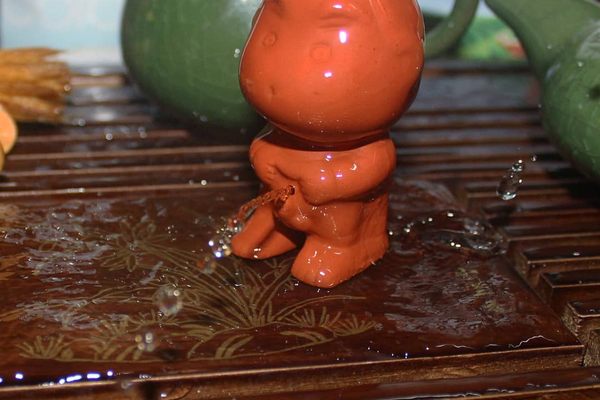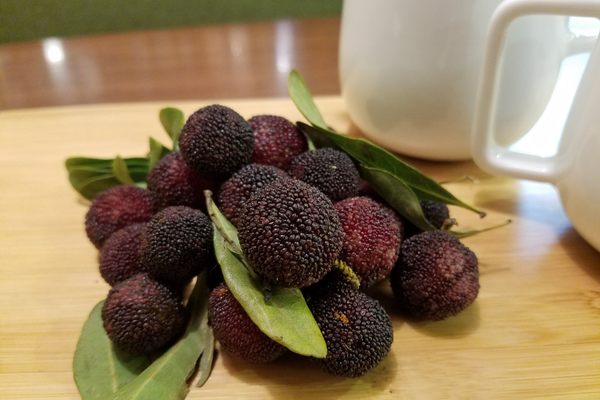Fruits & Vegetables
Taro Stems
These absorbent stalks make perfect flavor sponges in Vietnamese cuisine.
Taro stems are definitely stems, but they are not actually from the taro plant. Despite their colloquial name, “taro stems” come from taro relatives, including the similarly named giant upright elephant ear plant (Alocasia odora) and the giant elephant ear plant (Colocasia gigantea).
The stems are a popular ingredient in Vietnamese cuisine, where they are known as bạc hà in the South and dọc mùng in the North. With a spongy, absorbent texture, the stems easily soak up flavors in soups such as canh chua (“sour soup”), among other dishes.
While closely associated with Vietnam, “taro stems” from various similar plants are also used in Chinese cuisine, where they are known as yu jing (芋莖), and Japanese cuisine, where they are called zuiki (ずいき). There’s even a special red-tinted version known as aka zuiki (赤ずいき), which could easily be mistaken for rhubarb.
These plants should not be eaten raw because they naturally contain high levels of calcium oxalate, which can severely irritate the skin. Cooking thoroughly before eating eliminates this problem.
Written By
 Nate Gray
Nate Gray
Sources
- www.jstor.org/stable/4256963
- books.google.com/books?id=ieVUAQAAQBAJ&pg=PA193&lpg=PA193&dq=upright+elephant+ear+plant+vietnam&source=bl&ots=ph1OWt3h-n&sig=VIcIi0qfyofgXL3tAqe9SDil4Vw&hl=en&sa=X&ved=2ahUKEwjI4fy-xt7eAhUOm1kKHQomCnAQ6AEwD3oECBEQAQ#v=onepage&q=upright%20elephant%20ear%20plant%20vietnam&f=false
- books.google.com/books?id=vLKsAgAAQBAJ&pg=PA161&dq=upright+elephant+ear+vietnam&hl=en&sa=X&ved=0ahUKEwiy25mpyt7eAhWDc98KHffeAKYQ6AEIKDAA#v=onepage&q=upright%20elephant%20ear%20vietnam&f=false
- www.cell.com/trends/plant-science/pdf/S1360-1385(01)02014-3.pdf
- www.medscape.com/viewarticle/706404_3
- books.google.com/books?id=8clwyPUpULQC&pg=PA173&dq=%22taro+stems%22&hl=en&sa=X&ved=0ahUKEwiww6Wv9N7eAhXwpVkKHTcAAXAQ6AEIKDAA#v=onepage&q=%22taro%20stems%22&f=false
- cookpad.com/recipe/2807363
- www.researchgate.net/figure/Edible-petioles-zuiki-from-C-gigantea-hasu-imo-as-sold-in-a-supermarket-in_fig8_29736057
- vietherbs.com/herb-directory/elephant-ear/














